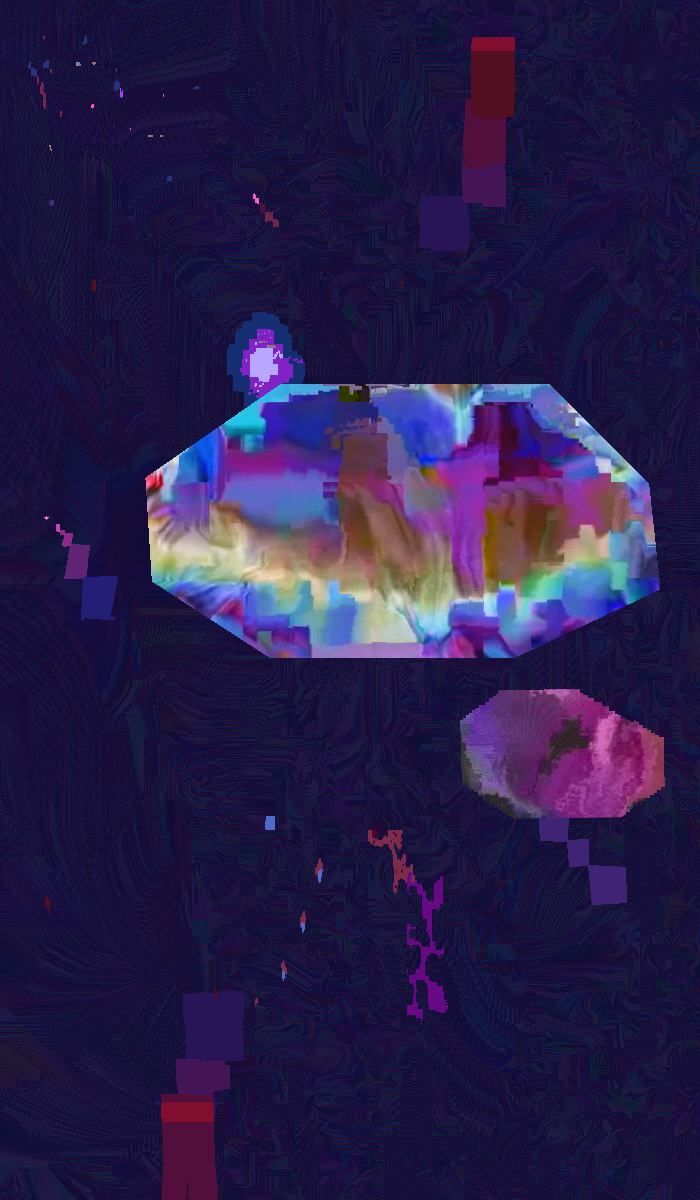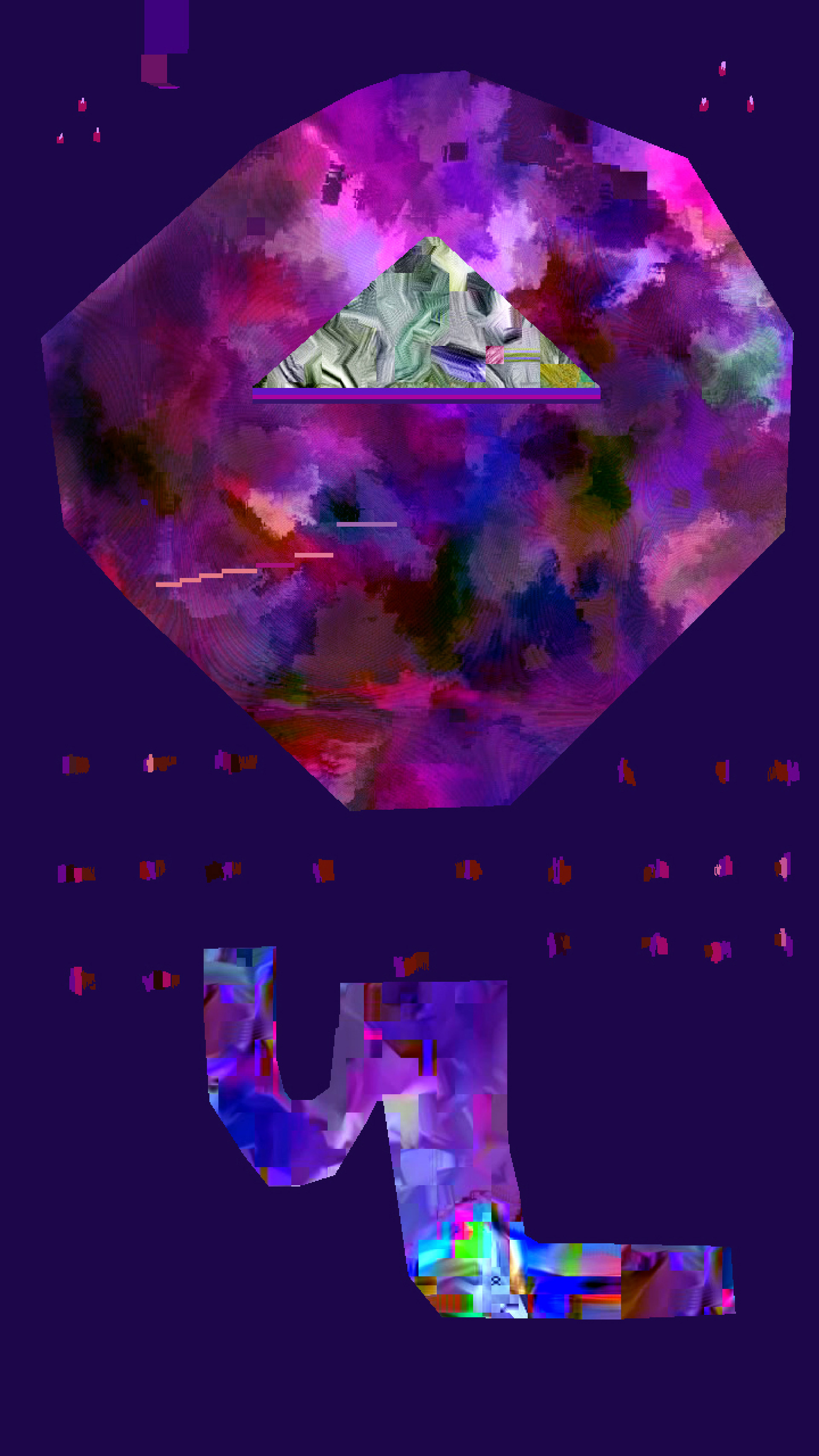Solo exhibition at Espacio Pla Gallery (Buenos Aires) 2015. temas que son importantes en el proyecto Éramos la humanidad.
Video, 3D animation, Audio, Backlight prints.
Video, 3D animation, Audio, Backlight prints.
La exposición estuvo compuesta por videos e impresiones retroiluminadas que, junto a una pista de audio, buscaban transportar al observador a otro espacio mental



Text about Sintetizar el pantano by brazilian curator and writer Juliana Gontijo, edited in the argentinian art site Ramona.
The world knows no limits: neither in time, nor in space; nor of quantity or quality of matter or information. And yet, according to the dictates of Kant and modern philosophy, we would be imprisoned and condemned to only know what is mediated by sensible experience and processed by the structure of the human mind, without ever daring to go further. Thus, what we understand as reality begins with a limitation. But what defines what takes shape and becomes language, and what is not read and is discarded as noise? In this process, neuroscience considers the brain as similar to a computer program, imbued with a series of pre-recorded commands to which we add our experience. Its main function: to simplify the swamp of the world, that flow of matter and information that replicates without control, exclude the data received in excess and, from there, develop a stable model that we would come to call reality. Simplifying the swamp, an individual exhibition by Mateo Amaral at the Espacio Pla, does not merely attempt to translate these questions visually. The series of videos, music and static images in backlight transparencies -excerpts from A Black Stone, an animated feature film by Amaral in progress since 2003- aspires to displace whoever enters there towards a stage of profusion of light matter, simulating a pre-code situation and its gradual modeling.
Immersion is unavoidable. As the electronic noise, with its ritual cadence, takes over the acoustic space of the room, I begin to decipher the connections between forms, vibrations and movements of psychedelic glitch; solid color beaches, electronic reverberations and abstract signs that dance on the small plasma canvas. Absorbed, other initiates are static there, as if faced with the urgent need to decipher an enigma as overwhelmingly chaotic as it is provided with a playful and joyful aesthetic.
Here the image of the swamp is repeated, synchronized in two videos: in the first, the visual totality; the amount of information is so dense that it suggests a psychedelic mandala. In the second, the simplified and distinguishable version of digital animation that recreates the crossing of a swamp. Further on, three videos with unidentifiable forms, cryptic as codes of an unearthly entity, that pulsate to the rhythm of the background music and seem to drive, in some strange way, the cadence of the images that emerge in the other videos that make up the show.
Swamp, codes, bits, information. Suddenly, everything acquires organic materiality and virtual abstraction. A sensory speculation that breaks down the boundaries between the mystical, the scientific, mimesis, abstraction, the fictional and the experienced to penetrate what becomes possible. Dissecting the coding process in various stages, Amaral’s work functions as exercises in perception to simulate access to another level of consciousness in the world, and perhaps alter the initial coding no longer with shamanic rituals or hallucinogenic drugs, as Timothy Leary encouraged in the long gone dream years of the 1960s, but through the digital simulacrum of cyberspace. Let’s call that technoshamanism of the cybernoosphere. I think Kant did not expect this.